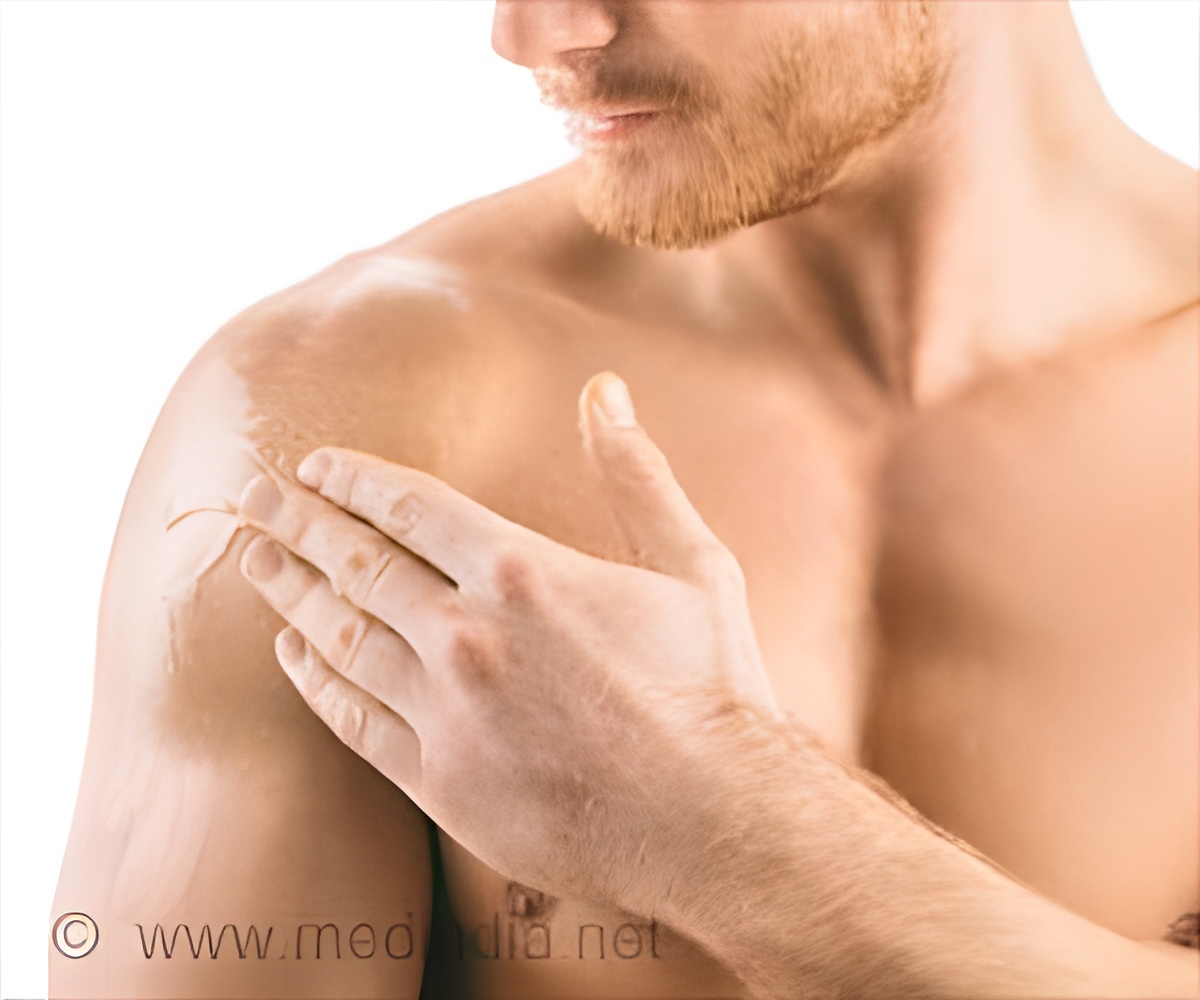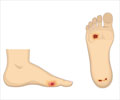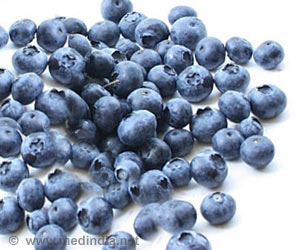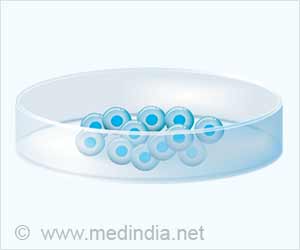Conversion of discarded bullfrog skin into new clinical-grade collagen helps heal chronic wounds and skin.

‘MEDIFLY is clinically proven to eliminate chronic wound infections and reduce amputation rates caused by wounds, especially in cases associated with diabetic foot ulcers, and is used by hospitals and specialist clinics across Singapore.’





Through NTU’s innovation and enterprise company, NTUitive, the patented technology for converting waste bullfrog skin into skin wound healing products has been exclusively licensed to Cuprina for scale-up and commercial production. If successful, this new product will complement Cuprina’s flagship product MEDIFLY, a bio-dressing made of live, medical-grade Lucilia cuprina maggots, which is used in Maggot Debridement Therapy.
Chronic wounds affect 1 in 20 patients in Singapore. Coupled with diabetes affecting 1 in 10 patients and a rapidly aging population, the risk of developing a chronic wound is high and demand for affordable chronic wound care is expected to increase.
As part of the scale-up, Cuprina has established a Good Manufacturing Practice (GMP) compliant satellite lab at the Life Science Incubator in Singapore, to replicate NTU’s collagen extraction and dressing product development.
Founder and Chief Technology Officer of Cuprina Holdings, Mr Carl Baptista, said: “Our focus is always on promoting and encouraging natural wound healing, intervening only to help the body do what it does organically. With NTU’s patented technology, we can develop a line of natural, amphibian-derived collagen products that are highly compatible with the human body. It is this compatibility that leads to improved healing outcomes over what is currently available.”
Advertisement
Sustainable Way to Turn Waste into Treasure
Currently, 20 million tonnes of fishery by-products, such as fins, scales, and skins, are discarded every year, and the combined annual consumption of frog flesh and fish is estimated to be around 100 million kilograms.Using this seafood waste to create valuable collagen is a sustainable way to up-cycle and reduce waste for Singapore, as the country is driving towards its Zero Waste Masterplan and encouraging a circular bioeconomy.
Advertisement
“As part of the NTU 2025 Strategic Plan and its Sustainability Manifesto, we are developing innovative ways to turn waste into useful materials to tackle some of humanity’s greatest challenges. NTU’s expertise of transforming waste biomass into valuable feedstocks is now highly sought after by industry looking towards sustainable sources. In our partnership with Cuprina, we are glad to be able to fulfil both the circular bioeconomy aims and the healthcare demands of Singapore with one innovation,” explains Assoc Prof Tay.
By using this collagen-rich marine by-product as a raw material, the team hopes to reduce wastage and the product cost of pure collagen at scale, so as to bring an affordable but effective wound-care solution to the public.
Earlier this year, Cuprina’s joint proposal with NTU to develop and fast-track the commercialization of this unique collagen product was announced as one of the winning entries of the Sustainability Open Innovation Challenge organized by Enterprise Singapore.
How the New Collagen Patch Helps Healing
Wounds typically go through three phases of healing – inflammatory, proliferative, and maturation – the process is highly complex and requires specific interventions at each phase. Cuprina designs and tailors products for each phase to optimize healing.During the inflammatory phase, the body produces enzymes that prevent infection from entering the bloodstream. However, the enzymes also prevent unwanted matter from being pushed out of the body, thus making it difficult for the wound to heal. MEDIFLY works with these enzymes to clean up and disinfect the wound, and prepare the site for the next phase. This activity is vital to ensure that the effects of the new collagen patch can be fully maximized to produce optimal healing results.
For the second phase, the collagen patch aims to provide a scaffold for the white blood cells and healing agents to coagulate and form a protective layer for the healing to begin. It will also encourage faster recovery by keeping the healing wound moist.
In the final phase, the collagen patch will continue to encourage faster recovery by keeping the healing wound moist and providing collagen as a “building block” material for the skin to mature.
Mr David Quek, CEO of Cuprina Holdings said the partnership with NTU is the perfect example of how cutting-edge medical products can be developed while simultaneously removing waste from the environment.
“The purpose driving our business is harnessing the power of nature to fuel sustainable development. Sustainability and development are not mutually exclusive, to us they are highly compatible. Our partnership with Assoc Prof Dalton Tay and his team at NTU provides a unique opportunity to combine sustainable practices in the form of waste valorization with novel wound care product development. Like Cuprina, pushing the boundaries of science is in NTU’s DNA - we could not ask for a better partner,” Mr. Quek added. The two-year research and scale-up partnership include plans for the conduct of clinical trials in local hospitals to validate its safety and efficacy.
Source-Eurekalert















